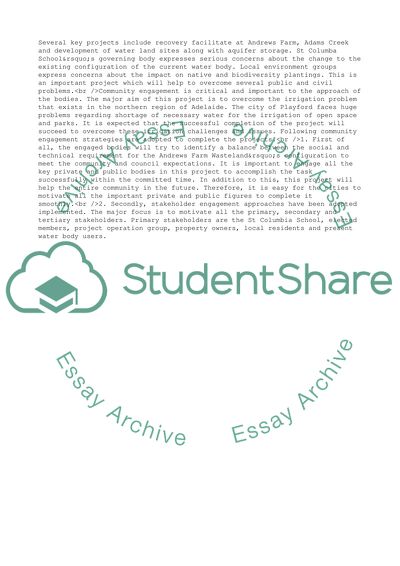Cite this document
(Critique of an Example of Community Engagement Case Study, n.d.)
Critique of an Example of Community Engagement Case Study. https://studentshare.org/management/1804046-critique-of-an-example-of-community-engagement
Critique of an Example of Community Engagement Case Study. https://studentshare.org/management/1804046-critique-of-an-example-of-community-engagement
(Critique of an Example of Community Engagement Case Study)
Critique of an Example of Community Engagement Case Study. https://studentshare.org/management/1804046-critique-of-an-example-of-community-engagement.
Critique of an Example of Community Engagement Case Study. https://studentshare.org/management/1804046-critique-of-an-example-of-community-engagement.
“Critique of an Example of Community Engagement Case Study”. https://studentshare.org/management/1804046-critique-of-an-example-of-community-engagement.


